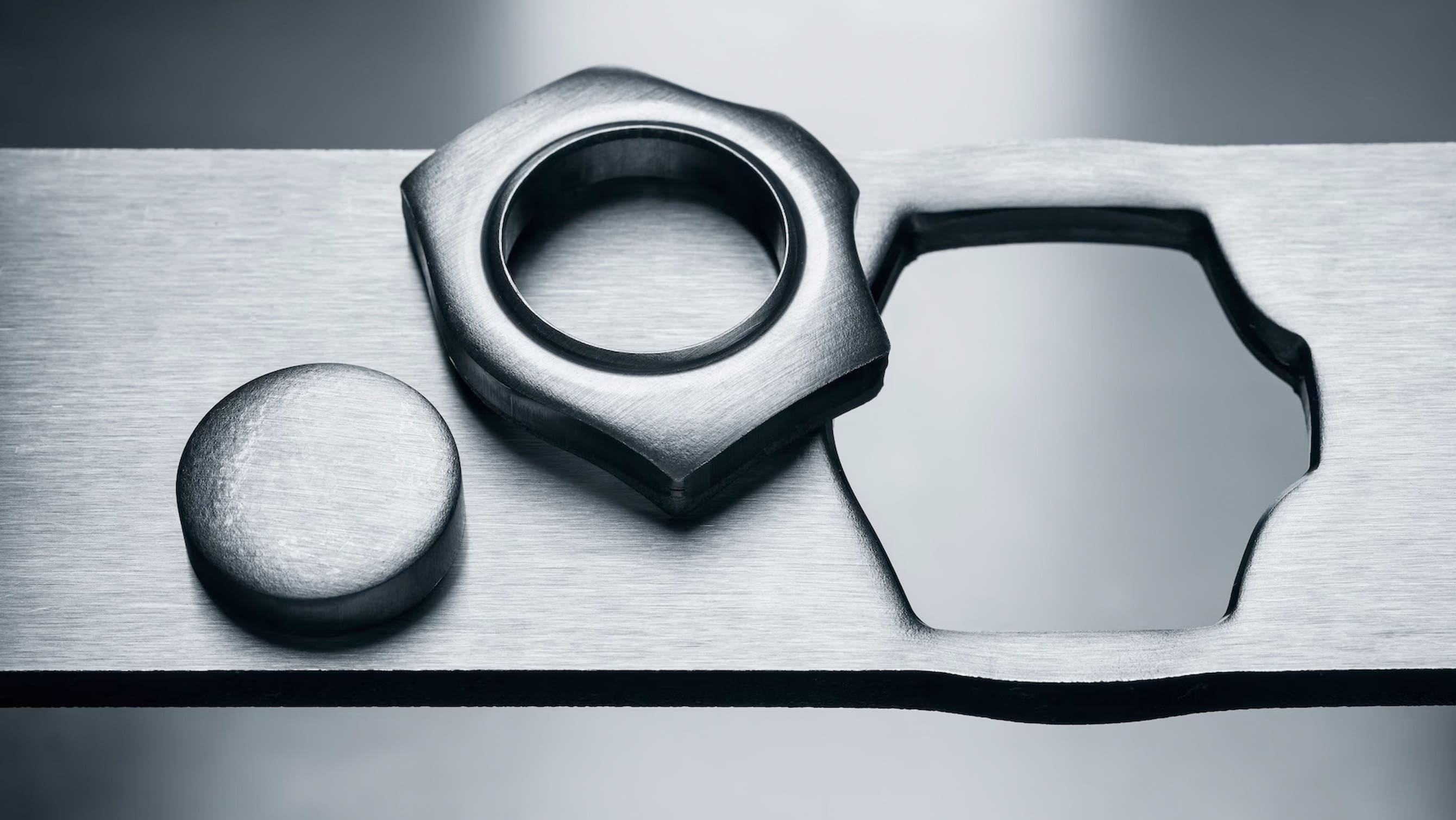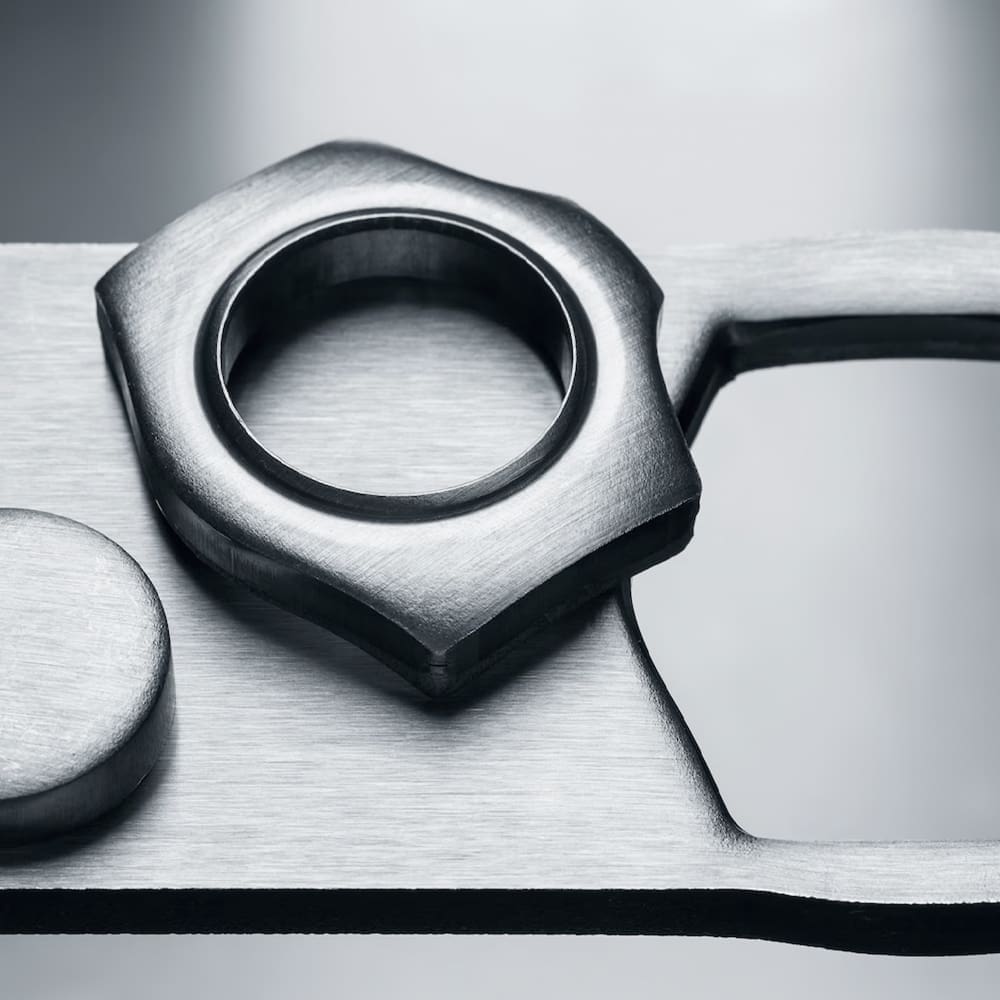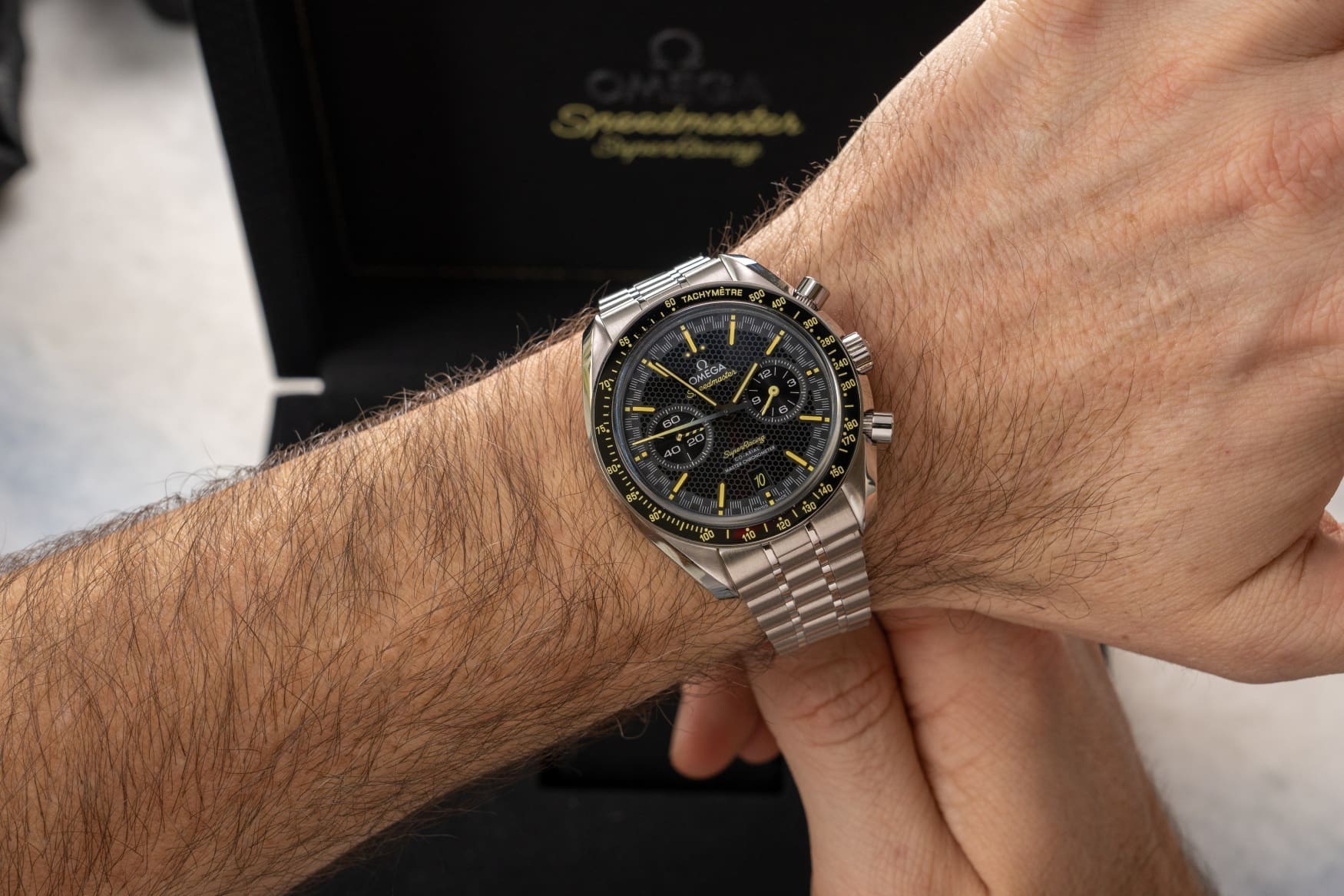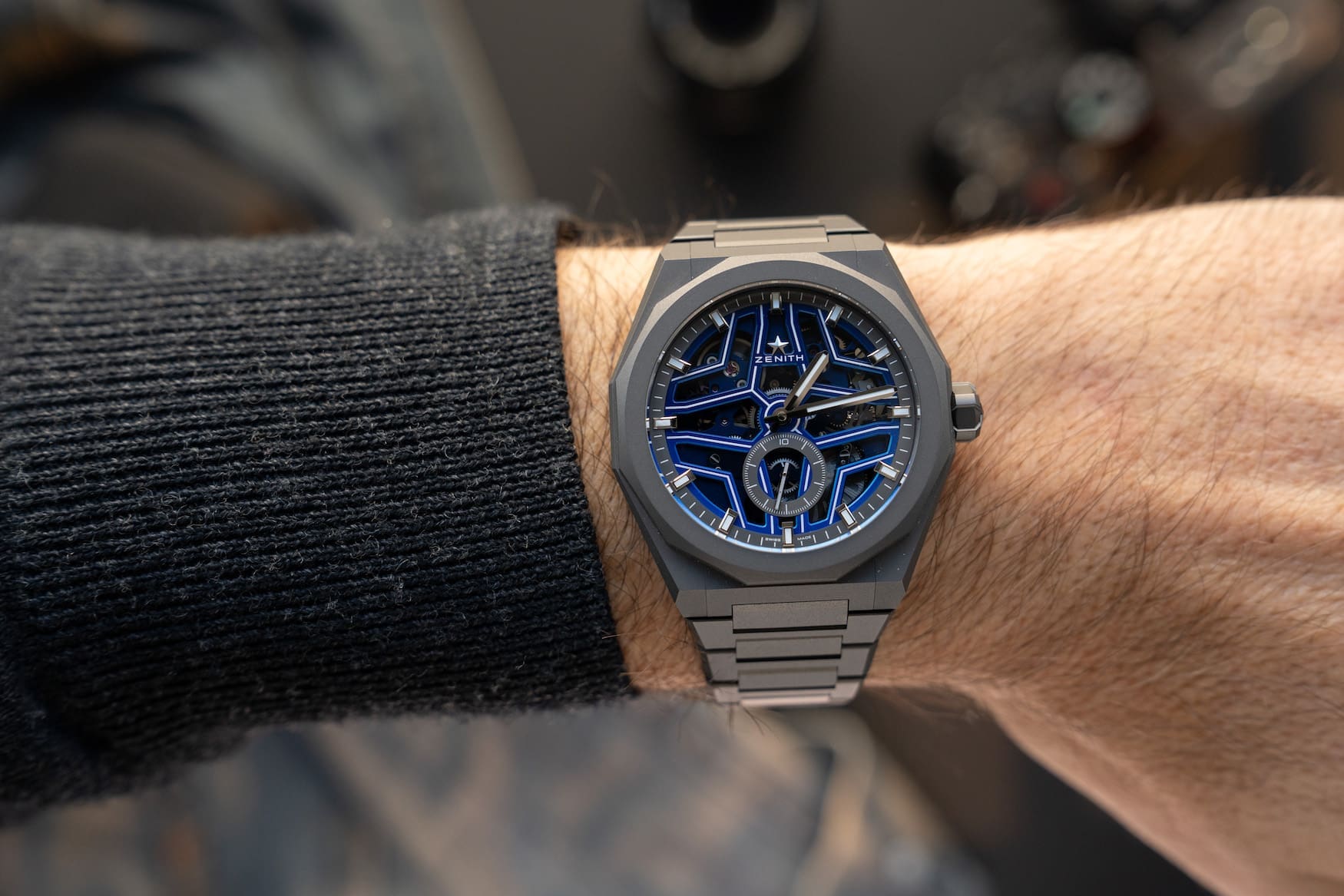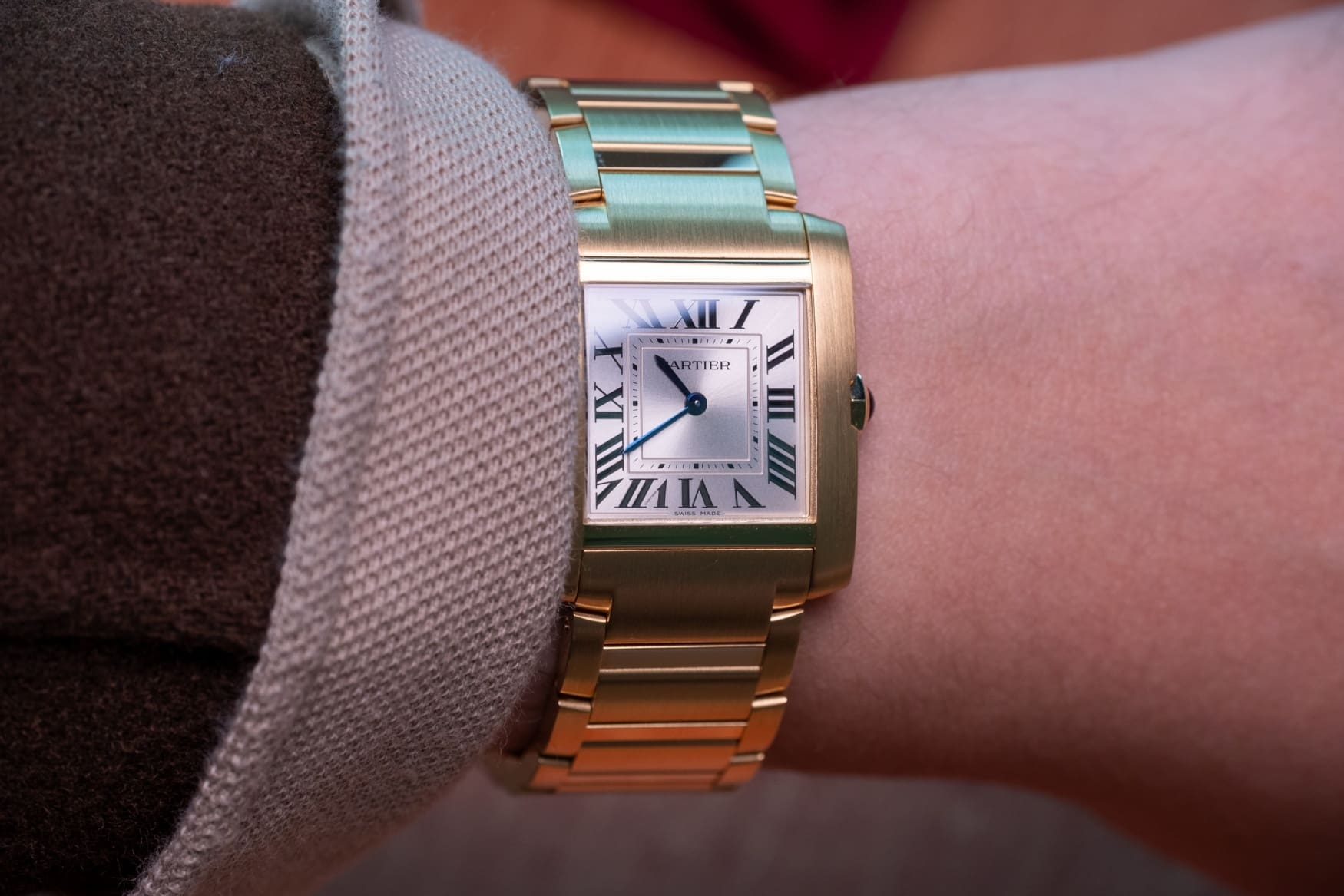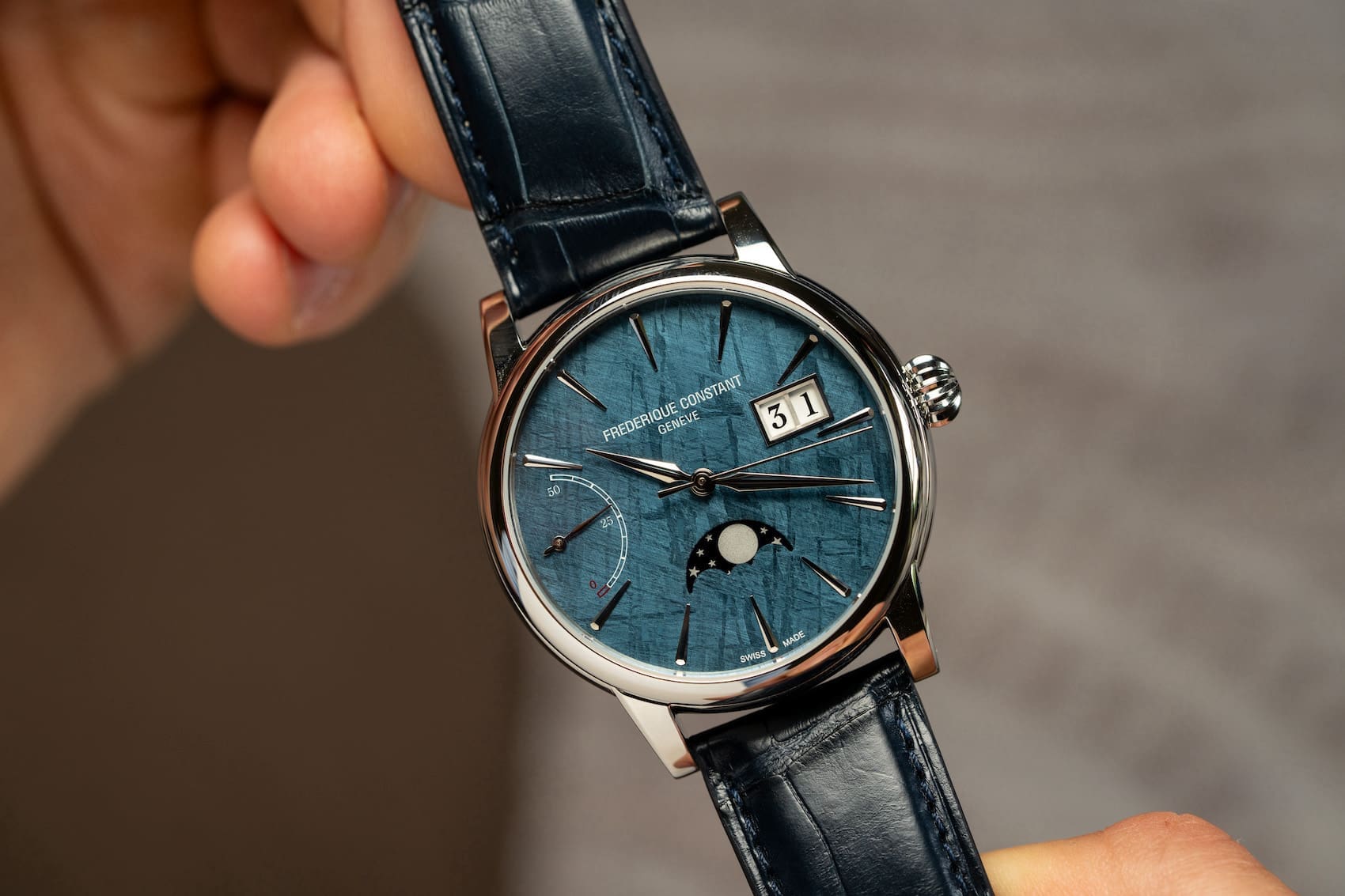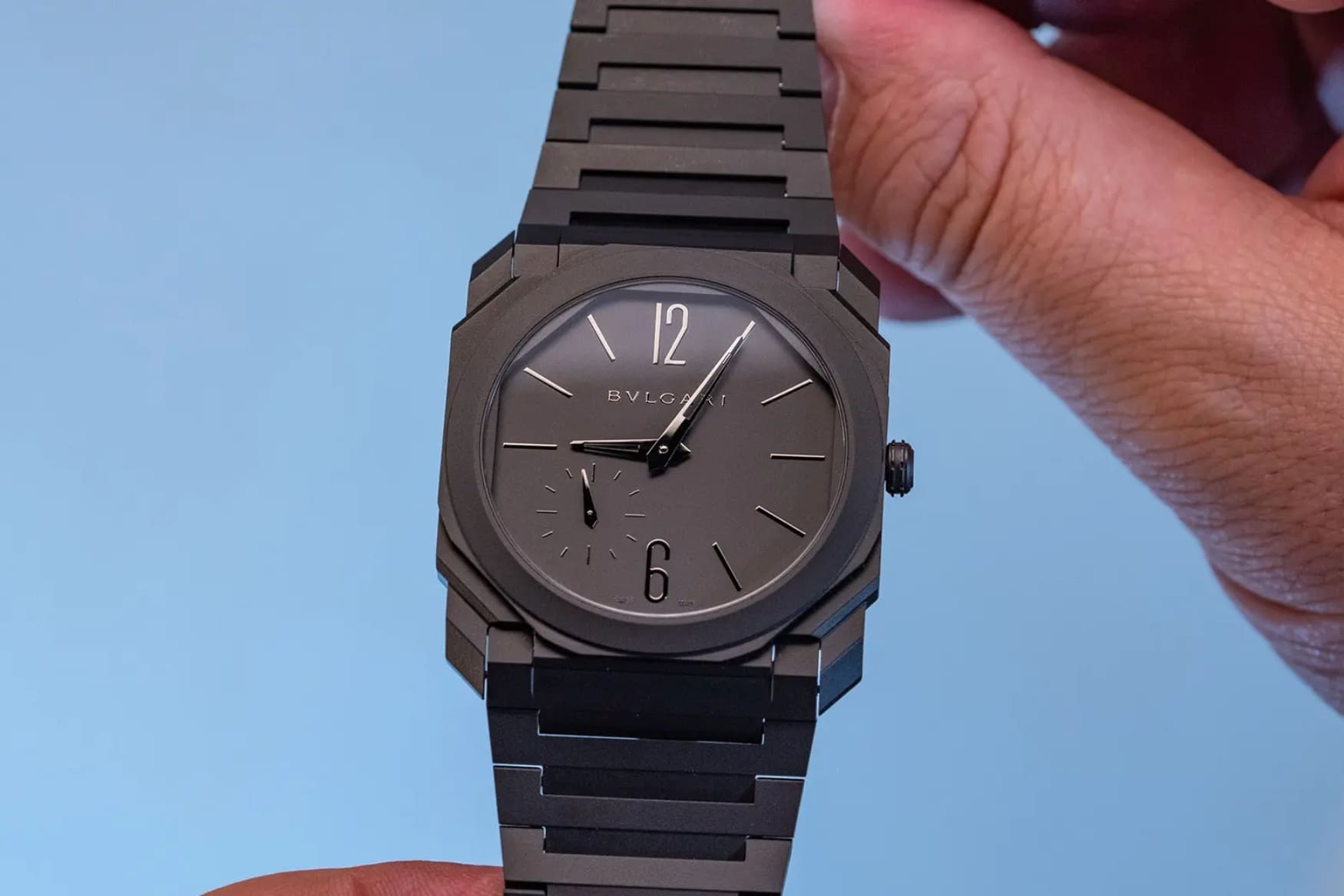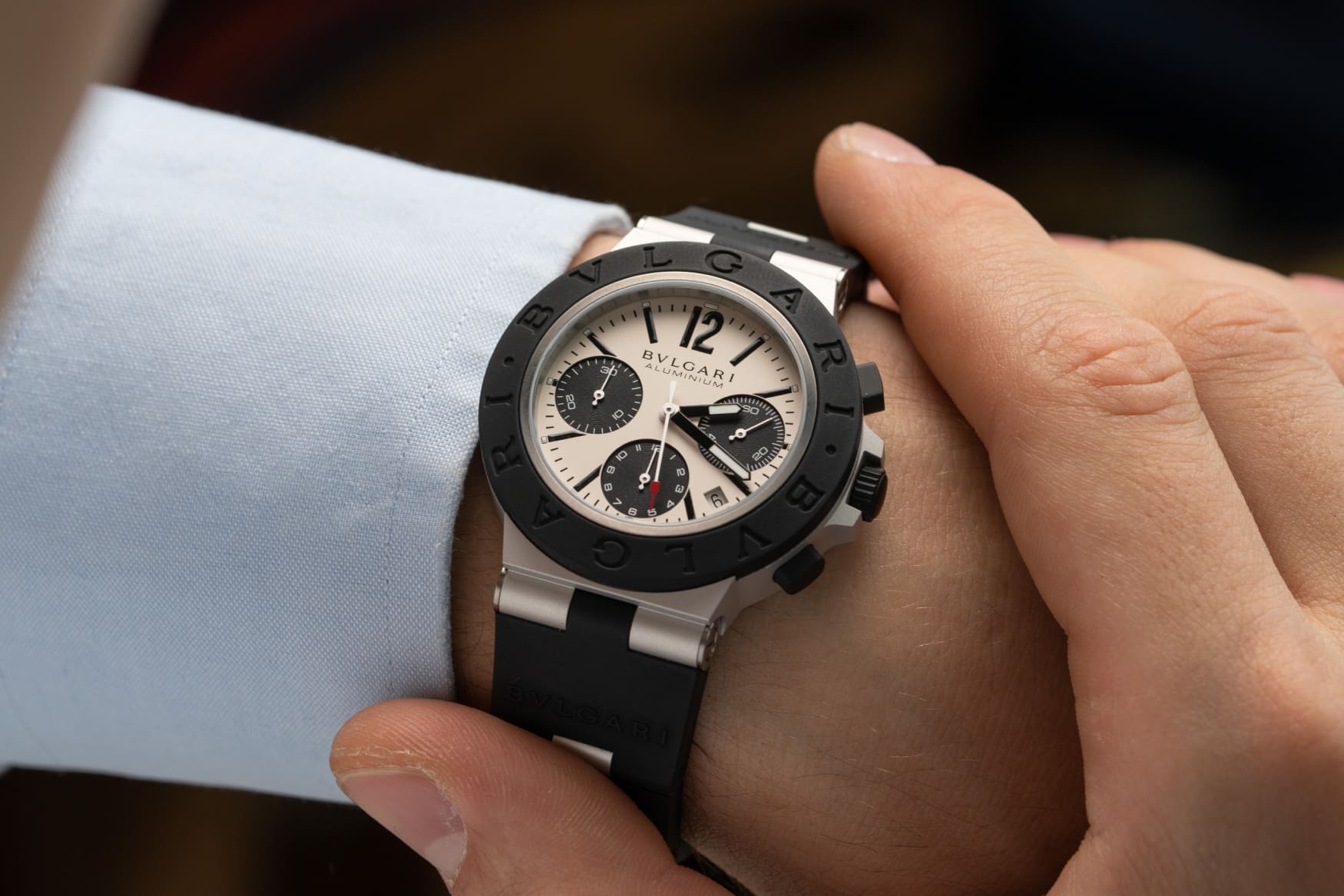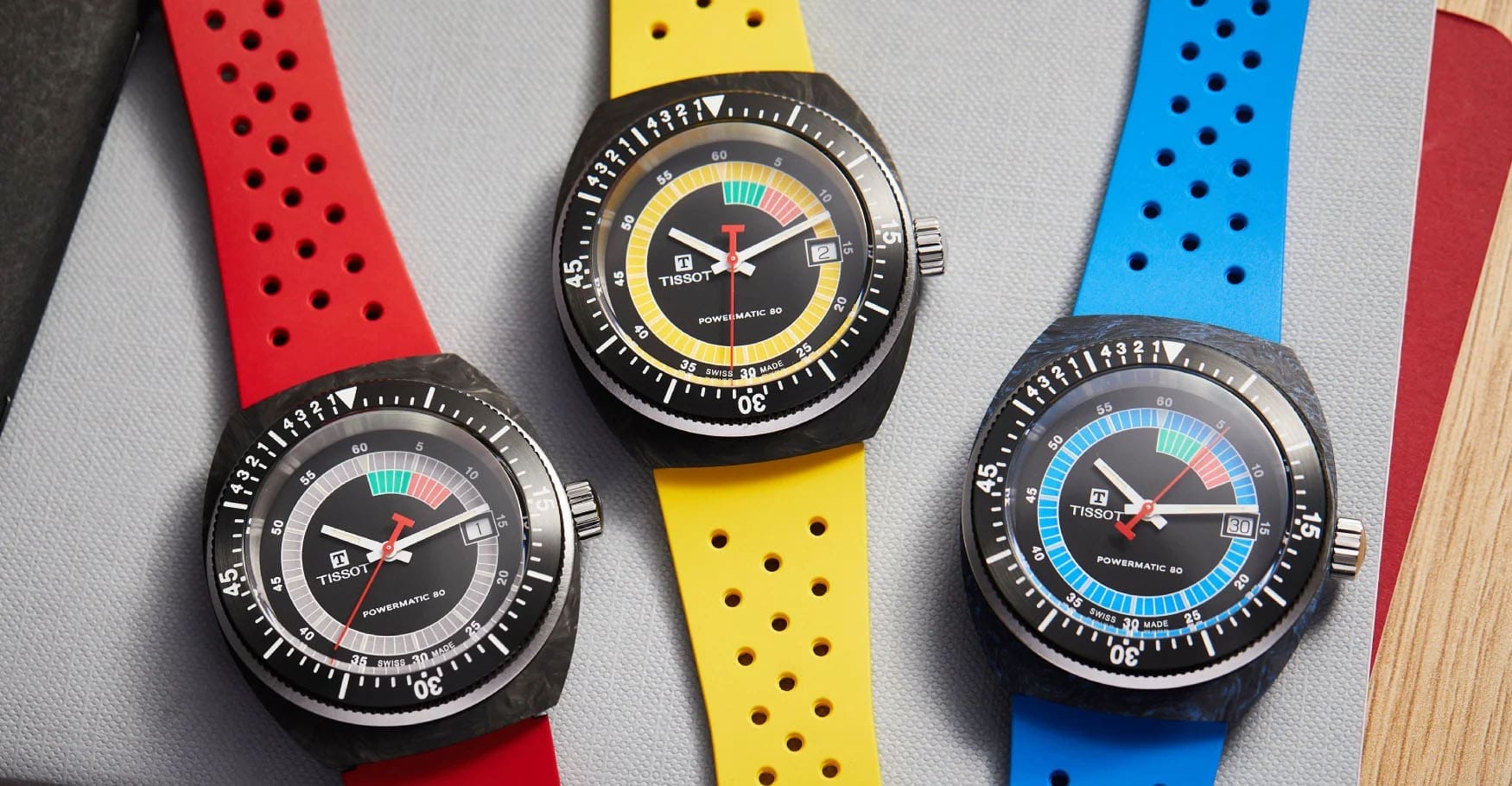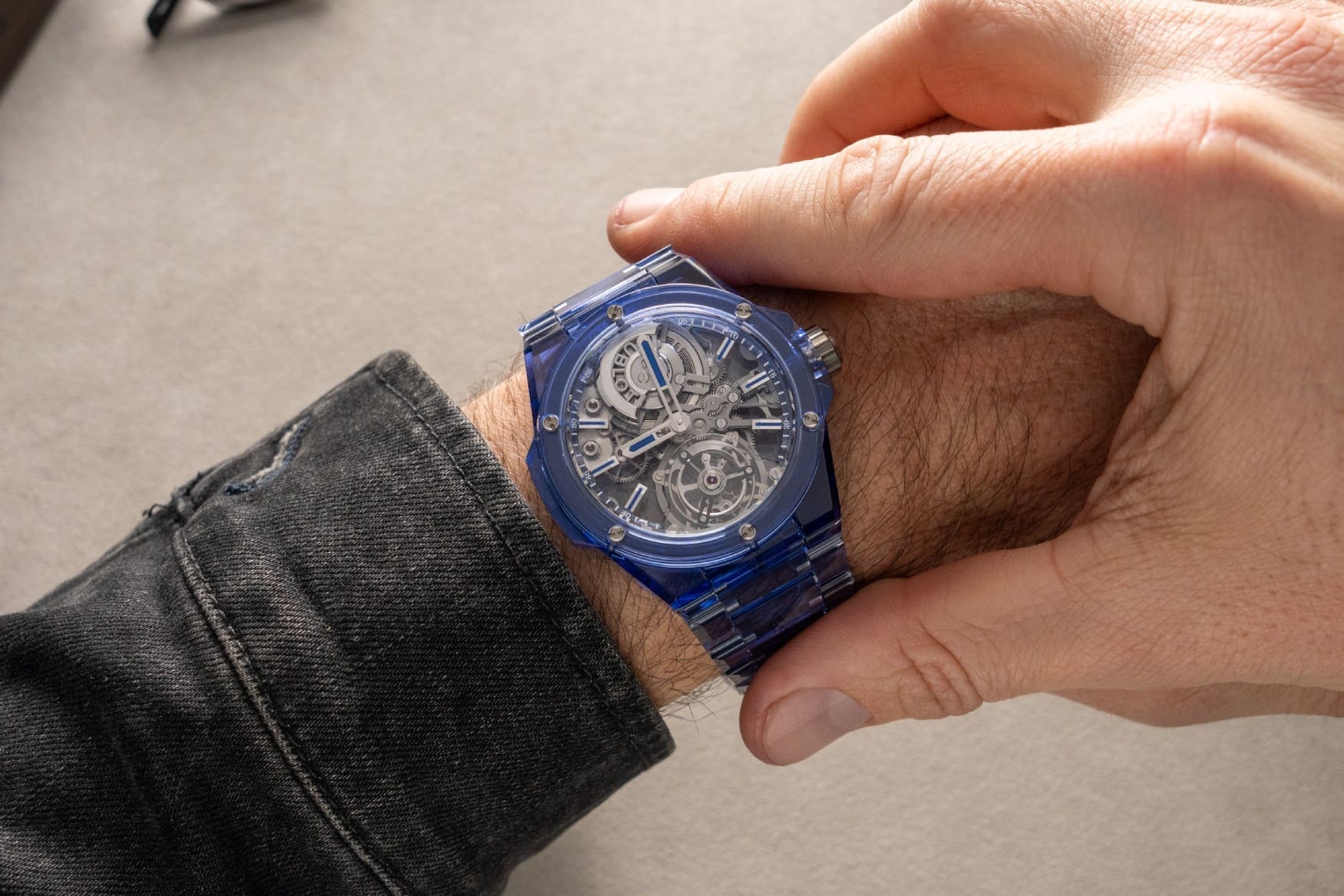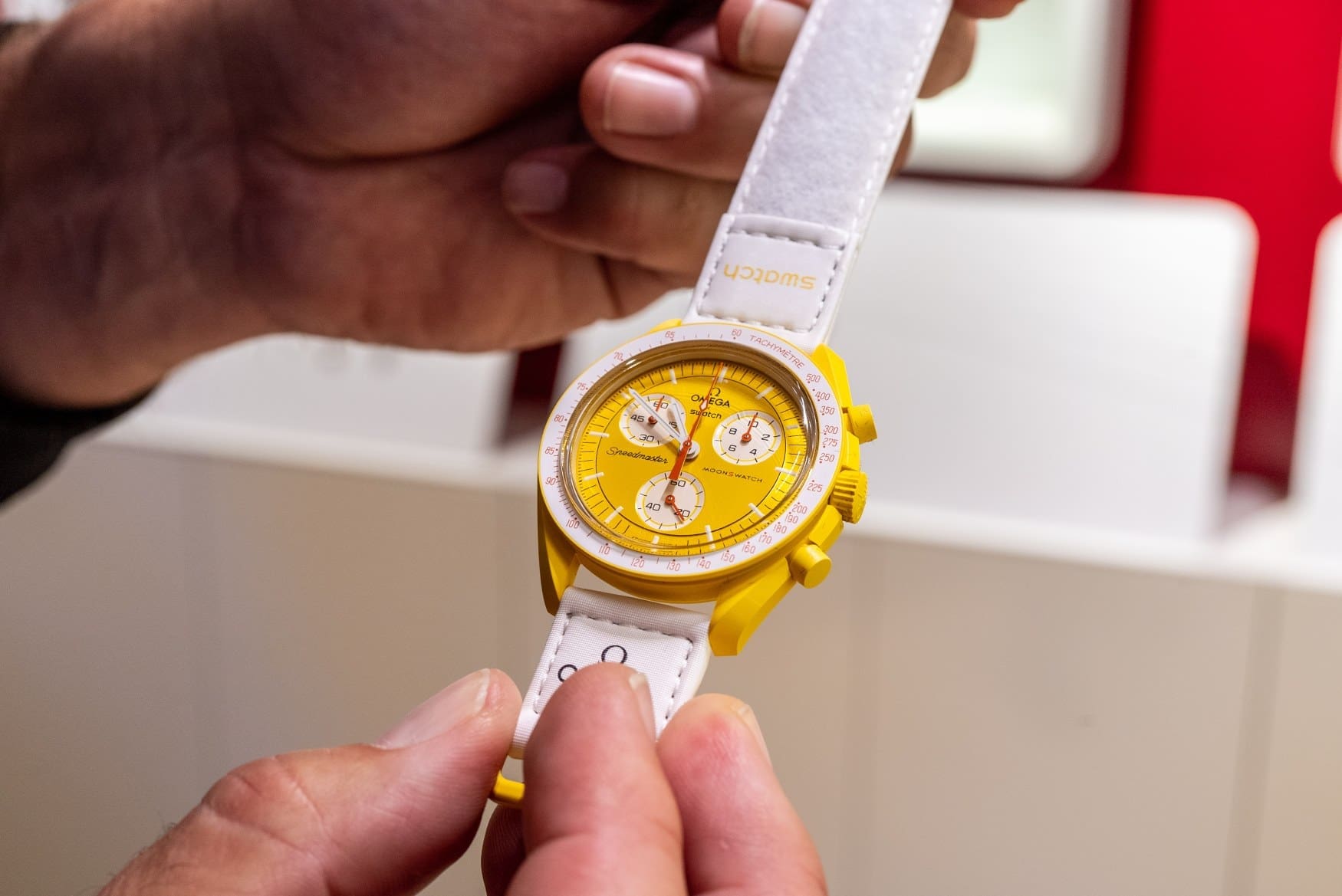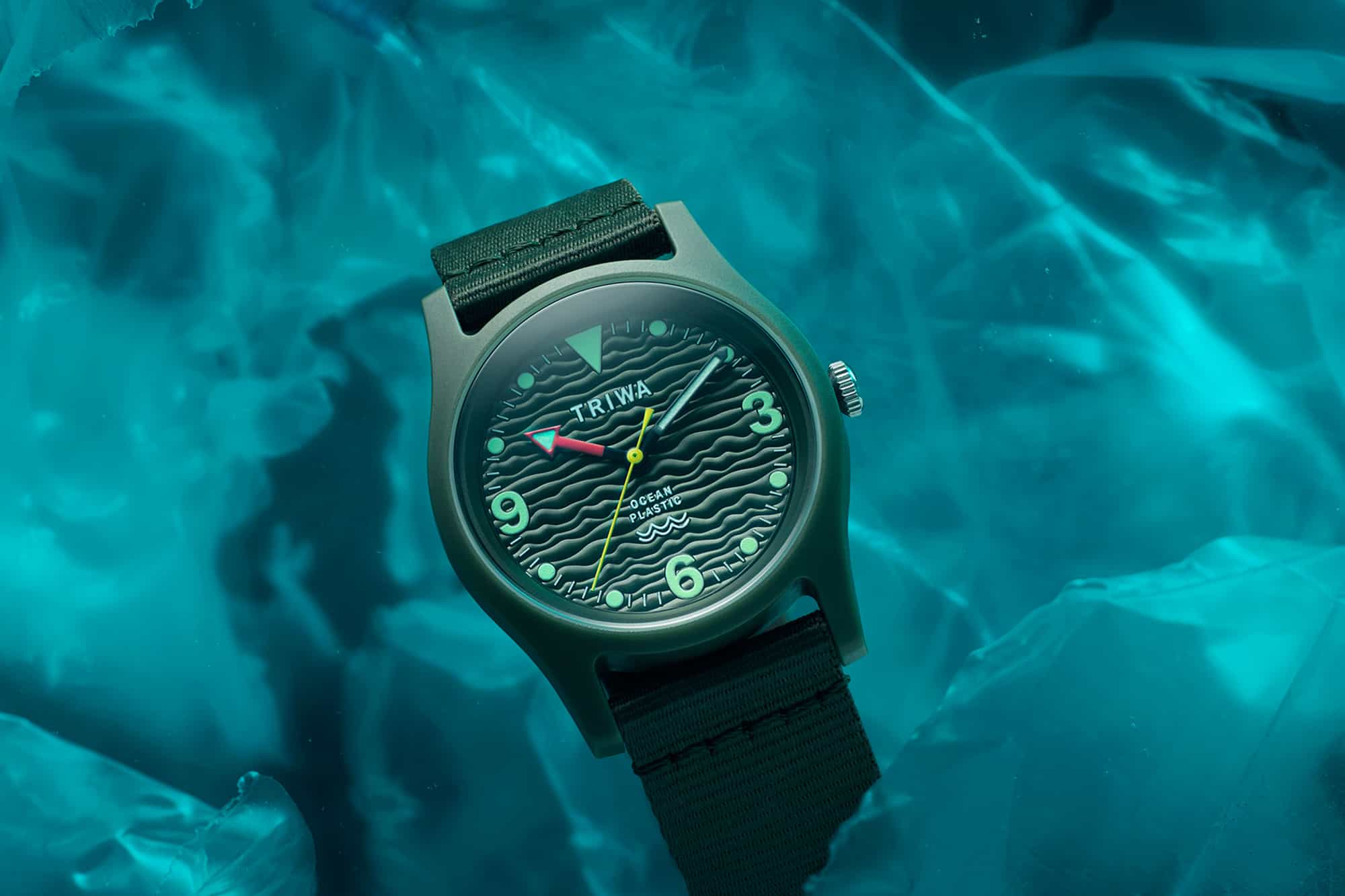Everything you need to know about the most common watch materials
Tom AustinIf you own a watch, chances are, it’ll be made of steel. Whether it’s the buzzword-worthy “316L surgical” type (read – stainless steel), or a fancier compound like 904L, it’s by far the most common material used for watch cases thanks to its strength, corrosion resistance and relative ease of machining. Naturally, there’s a multitude of other materials used for watch cases out there, but which one is best, if there is such a thing?
Spoiler alert and boring answer in one – there isn’t one best material. Whether you go for gold, aluminium, tantalum, or plastic will highly depend on a huge variety of factors for both the manufacturer and consumer, but here’s a breakdown of the most common materials used to help you make the most informed decision.
Stainless steel
Known for its strength and durability, stainless steel is an ideal candidate for tool watches, as it’s robust and, importantly, corrosion-resistant. It’s a specific type of steel alloy containing chromium, which allows the steel to form a passive oxide layer on the surface. This layer is thin, invisible and self-repairing, giving the metal impressive corrosion-resistant properties. The layer also makes the metal non-porous and, therefore, great at preventing the growth of bacteria and keeping that gross watch gunk at a minimum.
While it can be a little awkward to get the machining dialled in right, when using the right cutting tools and setup, manufacturers can create some fantastically shaped watch cases, and when the right grade of stainless steel is used, it can be polished to mirror-like precision. Stainless steel’s combination of corrosion resistance, strength, and aesthetic appeal makes it a versatile and widely used material in watchmaking, with some of the most iconic watches in history (usually) being made from it, such as the Rolex Submariner, Audemars Piguet Royal Oak or the Omega Speedmaster.
Titanium
Technically speaking, titanium is the ultimate tool watch material. Boasting an exceptional strength-to-weight ratio, it’s 45% lighter than stainless steel, while being equally as strong. It’s also incredibly corrosion-resistant and even fully biocompatible, making it perfect for something that is in constant contact with the skin. So much so, in fact, that it’s used heavily in things like medical implants and surgical instruments. All of its properties make it perfect for applications such as motorsport and aerospace, which require optimum strength along with ultra-lightness.
So what’s the problem? Why don’t we see more titanium watches? Frustratingly, you can’t have everything, and titanium’s handicap is its cost to produce. While it’s relatively abundant in nature, the process to refine and purify is incredibly energy-intensive and costly, resulting in a quite expensive raw material. Nevertheless, we do see watch brands take this wonder material and produce some awesome watches with it, such as the Tudor Pelagos and our very own Zenith Night Surfer.
Gold
Where it all began. Gold was one of the first metals used in wristwatches, valued for its rarity throughout human history. From ancient civilisations to the gold rush of the 1800s, we have held gold as a symbol of wealth, power, and prestige. You can notice a “proper” gold watch from a mile away: there’s nothing quite like it as a statement piece. Known generally for its distinctive yellow metallic lustre, gold doesn’t tend to tarnish or corrode, making it excellent for jewellery and watches, especially with it being so malleable and ductile. In fact, a single gram of gold can be stretched into a thread several kilometres long without breaking.
Usually, in watches, there are three basic types of gold: the traditional yellow gold; rose gold, which is an alloy, typically containing a portion of copper to give that red hue; and white gold, which contains a mixture of gold, nickel and zinc, and sometimes even platinum for some extra shine. Wristwatches tend to not be made from pure 24k gold because it’s too soft and would essentially be too susceptible to damage from everyday use. Usually, we see watches made from 18k gold, a 75% gold alloy, mixed with other metals to give it some strength, though watchmakers have used 14k and 9k gold, too.
A number of watch brands now manufacture their own proprietary gold alloys, each with their own characteristics, such as Omega’s Moonshine Gold or Rolex’s Everose. Of course, given the desirable nature of the material, it’s been used in some of the most revered watches of all time, from the likes of Vacheron Constantin and Patek Philippe – the list is endless.
Platinum
Perhaps gold isn’t fancy enough for you? How about something a little more special? Platinum is another precious metal that has all the typical corrosion-resistant, hypoallergenic and value-retention properties of gold, but with something a little different. Firstly, it has a distinct silvery-white appearance, but it’s also much denser than gold, and as such, considerably heavier, too. These attributes have made it stand a little higher in the horological hierarchy because, as we all know, the heavier the precious metal watch, the more cool points for the wearer.
Platinum is considered rarer than gold, so the price of platinum watches tends to be on the premium side, to say the least, and the watches themselves tend to be even rarer, despite the raw material being less costly. Some of the most luxurious and highly regarded watches ever made have come in platinum – from the Rolex Daytona ref. 116506A to the A. Lange & Söhne Datograph – platinum watches sit pretty much at the top of the tree when it comes to high-end luxury and rarity.
Ceramic
In more modern times, watchmaking has explored some more extreme materials, one of which is ceramic. Typically produced as a compound of zirconium oxide powder, it’s moulded and then run through a sintering process comprising extreme heat and pressure until it reaches its final hardness and is precision machined into its final form. The versatility of ceramics is that different powders can be added into the compound during manufacturing, to produce fantastically vibrant colours. When complete, ceramic is incredibly hard and scratch-resistant, meaning that ceramic watches retain that “as-new” look for far longer than any metal watch.
One downside to this hardness, though, is how brittle the material can be, so in the event of a drop or a hard shock, it’s not unknown for the ceramic bezel to crack or even, in extreme cases, a ceramic Omega Speedmaster to lose a lug. Ceramics are commonly used in more contemporary watch designs, with brands such as Hublot or IWC pushing boundaries with the material, but it’s also becoming more commonplace on contemporary classics, with its hard-wearing properties being applied on bezels and other components across multiple brands. As technology develops, we’ll continue to see more and more ceramics in watchmaking, especially as trends are leaning towards more and more colour.
Aluminium
It’s not every day you come across a luxury aluminium wristwatch. Soft, malleable, and prone to corrosion, normal aluminium doesn’t necessarily lend itself well to being used to make watch cases. However, a specific grade of the metal is more appropriate. 7075 aluminium is an aerospace-grade material used in motorsports and military applications, too. When treated correctly, it can be very strong in certain scenarios, and if coated with a DLC, can easily withstand being exposed to harsh environments, all while retaining that ultra-lightweight property.
These challenges mean that it’s not often used in luxury watchmaking, with alternative metals generally outperforming it in many ways, but there are a few examples that stand out – namely F.P. Journe’s Centigraphe and the quirky Bulgari Aluminium. Introduced in 1998, it changed the game (as Bulgari likes to do), delivering a fresh look utilising the use of aluminium and rubber and moving away from the traditional side of things. Also let’s not forget another game-changer, the Apple Watch, featuring an aluminium chassis since its introduction in 2015. Taking that into account, despite aluminium not being an ideal material in many ways, it’s actually been featured in the most popular watch of the 21st century so far.
Carbon fibre
Technology filters through industries over time, and another material that has found its way into watchmaking is carbon fibre. We first began to see its use in the early 2000s, usually in that same checked weave pattern you’d find inside a boy racer’s VW GTI hatchback, and it’s fair to say it didn’t really age very well. However, as time has progressed, so has technology, which has made things much more complex.
First of all, carbon fibre is a name given to the composite material made up of fine carbon strands, interwoven and impregnated with a resin matrix. This process allows for extremely complex shapes and forms to be made and for them to have extreme levels of strength and rigidity. Nowadays, we see more of what’s called “forged” carbon fibre, a process where the raw materials are combined in a mould under high pressure, and the strands have no uniformity. This produces the marble effect we see on watches such as the Tissot Sideral S and the Girard Perregaux Absolute, and also allows for different colours to be added.
It’s not just about aesthetics, though; carbon fibre is a high-tech material that has an exceptional strength-to-weight ratio and is highly durable and shock-resistant. It’s an acquired taste for sure, as not everyone feels like they can pull off a carbon fibre watch; however, with manufacturing becoming more excited with this material, I wouldn’t be surprised to see more interesting carbon watches appear in the future.
Tantalum
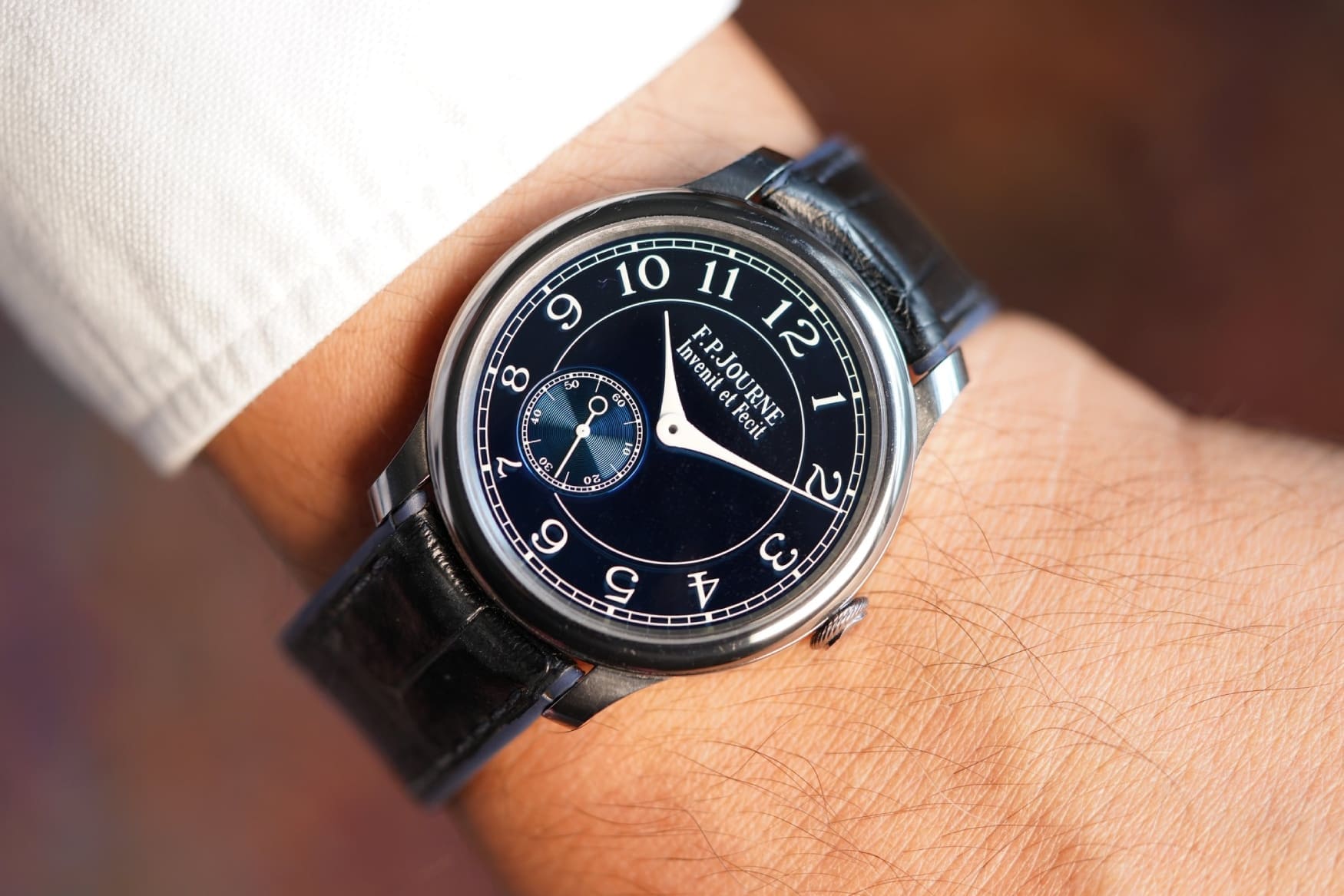
Rarer than gold, notoriously expensive to mine and even more costly to machine, tantalum is next on the list of rare materials used in watchmaking. Named after Tantalus, the son of Zeus, the metal is incredibly tough and feared by machinists everywhere as it destroys the very machine tools that are used to process it. Like titanium in many ways, it has a bluish hue with a grey overtone, has extreme levels of corrosion resistance and strength, however unlike titanium, tantalum is much more dense and heavy. In fact, it’s even used in rocket exhausts by NASA; it’s that kind of special.
The weight of a tantalum watch on the wrist is comparable to that of a gold or platinum watch, yet is much more understated. Being so challenging to manufacture means that it’s a pretty rare find in the watch world, with very few manufacturers using it. There are a few special examples, though, such as the F.P.Journe Chronomètre Bleu and the Urwerk UR-105TTH.
Sapphire
Now for something with a bit more sparkle. Sapphire watch cases are an ultra-premium, high-end choice in watchmaking, but not to be confused with its typically blue natural gemstone sibling. In this case, we refer to synthetic sapphire, a man-made material most commonly used in watches for the actual crystal sitting above the dial. Known for its exceptional clarity and hardness, it’s a perfect material to protect the dial, as it allows for optical perfection as we look at it and keeps it well protected. Grown in a laboratory, sapphire crystals with different tones and colours are created, then machined and polished into a diverse range of shapes and designs.
This has meant that some pretty extreme watches have appeared in the material, such as the Jacob & Co. Bugatti Chiron Tourbillon. However, this is also starting to trickle down into more conventional designs with the Zenith Defy Zero G and the Hublot Big Bang. While sapphire is exceptionally hard, it’s not as tough as some other materials. It can be more brittle and susceptible to shattering upon impact compared to materials like stainless steel.
Bioceramic
Unless you’ve lived under a rock for the last year or so, you’ll have probably heard of the latest material craze running through the watch world, and that’s “Bioceramic” – a proprietary Swatch compound made famous thanks to the MoonSwatch, and more recently the ‘Thrifty Fathoms’. Swatch’s Bioceramic combines two-thirds zirconium oxide ceramic powder with one-third organic plastic made from responsibly sourced castor oil.
Swatch isn’t the only brand to use castor oil-based plastics like this: Mondaine utilises a similar castor oil-based compound for the cases of their Essence range, but rather than being a mix of ceramic and castor oil, theirs are a mix of castor oil, fossil oil and glass fibres.
Plastic
The least glamorous but arguably most practical of all watch case materials, plastic is cheap, extremely shock-resistant and easy to form/machine into a wide variety of forms. A big trend in the watchmaking industry, however, is sustainable or recycled plastics. For instance, manufacturers as diverse as G-Shock, Swatch, Triwa, Bamford and even Ulysse Nardin use recycled plastic from reclaimed fishing nets to make watch cases.




